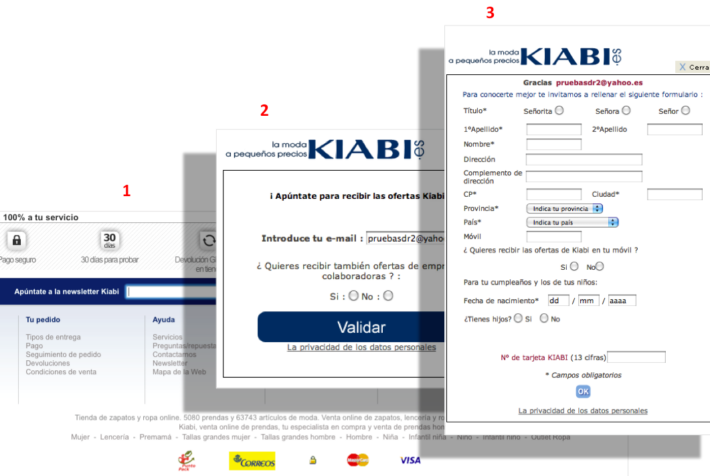Should we use double opt-in mailing lists?

On the road to optimising the deliverability of our email campaigns there is one critical step. It is the registration uptake. Many customers ask us if the best option to ensure good results in email marketing is to use the double opt-in in this recruitment phase. The answer is yes... and also, no.
 Of course, The more friction there is in the registration process, the more qualified the lead will be. The user who is most interested in maintaining contact will be the one who overcomes the most complex path, but also, the more friction, the more users will be lost along the way.. Double-opt-in lists tend to have high open and reactivity rates, as well as higher conversion. This is not surprising, as we have tested their interest twice, at registration and with a confirmation email. However, many users have been left at this last step and although they initially showed interest, they did not open the confirmation email or did not click on the confirmation link.
Of course, The more friction there is in the registration process, the more qualified the lead will be. The user who is most interested in maintaining contact will be the one who overcomes the most complex path, but also, the more friction, the more users will be lost along the way.. Double-opt-in lists tend to have high open and reactivity rates, as well as higher conversion. This is not surprising, as we have tested their interest twice, at registration and with a confirmation email. However, many users have been left at this last step and although they initially showed interest, they did not open the confirmation email or did not click on the confirmation link.
The double opt-in leaves out invalid addresses, or "fraudulent" users (e.g. if a user enters someone else's email address, the registration process is not completed, as the owner of the address must confirm the subscription). However, we are reducing our audience significantly. And here we come to the dilemma that so often arises in email marketing: do wequantity or quality? Many would venture to choose the second option but let's not forget the results in absolute terms(i.e. a 50% conversion on an email sent to 50 people is no better than an 1% conversion on an email sent to 10,000). Of course, the ideal is to seek to optimise both. Therefore, the double opt-in option has to be assessed according to our objectives and our resources.
One option that we often use at Digital Response is to combine a simple opt-in with subsequent debugging of the database (we do not remove users until their behaviour clearly demonstrates their disinterest), so we avoid losing users who may behave positively in the future. We also usually implement mechanisms for pre-validation of emails in the registry, preventing non-existent emails from being added to the lists (e.g. *@*.en), which will do reputational damage when they arrive bounced.

